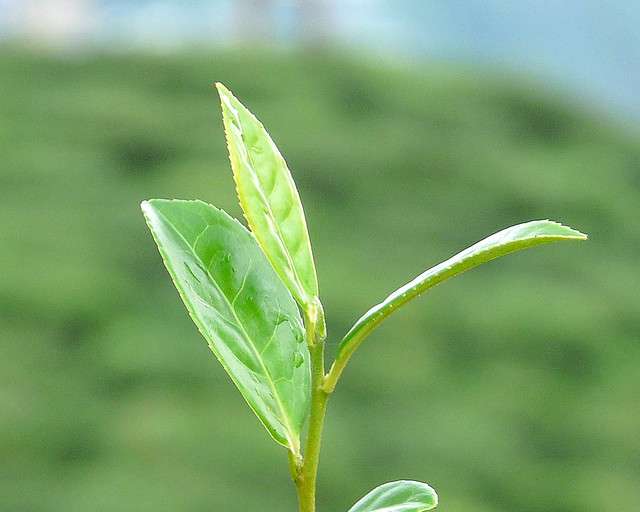
Tea can offer the same energy boosting power as a cup of coffee but with the added benefit of antioxidant power. Image Source: Flickr user Gary Stevens
Tea is my new drink of choice—and as a habitual coffee drinker, that is saying a lot. Many people have inquired as to what inspired the change, and like many others who are now making tea their preferred beverage, I was intrigued by the health benefit claims that tea boasts. From weight loss and heart health to improvements in immunity, more and more research reveals that these powerful leaves contain the secrets to increased health and vitality.
Surprisingly, the color of tea can tell us a lot about the potential found within this choice beverage. Tea color benefits are raising awareness in today’s health food industry and many people are flocking to the stores to stock up in hopes of improving their overall health. Hidden within the broad spectrum of tea colors are clues that unlock its nutritional value, and top tea producers are using this evidence to increase the value and marketability of their products. The more we learn about how color impacts quality and nutritional value, the more emphasis is placed instrumental analysis of these color qualities.



